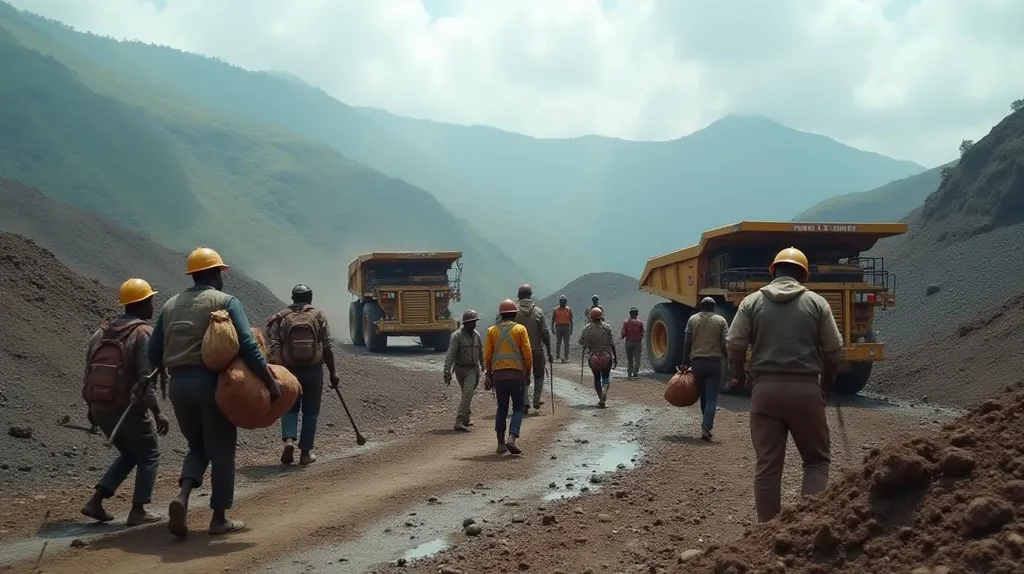The Democratic Republic of the Congo (DRC) stands at a crossroads, its vast mineral wealth both a beacon for investors and a magnet for instability. The recent escalation of violence by the Allied Democratic Forces (ADF) has cast a long shadow over the country’s mining sector, a cornerstone of the global green energy transition. The ADF’s campaign of terror has displaced millions, disrupted supply chains, and forced mining companies to divert critical resources to security. This has not only raised operational costs but also deterred long-term investment, creating a paradox where the DRC’s strategic importance is inextricably tied to its volatility.
The ADF’s actions have had a profound impact on the DRC’s mining sector, particularly cobalt and copper production. Artisanal and small-scale mining, which accounts for a significant portion of cobalt output, has been severely disrupted. Meanwhile, industrial miners like Glencore face logistical bottlenecks as roads and transport hubs in conflict zones become increasingly unsafe. The result has been a surge in commodity prices, with cobalt prices jumping by 40% in early 2025 following a four-month export ban. This volatility underscores the DRC’s outsized influence on the market and highlights the government’s limited capacity to enforce policy.
The situation is further complicated by China’s dominance in the DRC’s mining sector. Chinese firms control a significant portion of industrial cobalt mines, and their operations are often shielded from the full impact of ADF-related disruptions. This creates a fragmented market where Chinese players maintain stability while local and Western firms bear the brunt of volatility. For investors, the risk premium on DRC-related commodities has widened, reflecting both supply constraints and geopolitical uncertainty.
The DRC’s instability has also elevated risk premiums across Central Africa. Emerging market bonds from the region now trade with spreads of 8–10% over U.S. Treasuries, reflecting not only the DRC’s own challenges but also spillover effects from regional conflicts. Investors in infrastructure projects face compounding risks: political instability, currency depreciation, and the potential for conflict to disrupt construction timelines. The DRC’s Central Bank has attempted to stabilize the economy, but these measures have not quelled investor skepticism.
Navigating the DRC’s risks demands a nuanced approach. Investors should prioritize diversification, leveraging political risk insurance, and engaging in long-term diplomacy. For those willing to navigate these risks, the DRC offers high-reward opportunities—but only for those who approach it with caution, diversification, and a long-term perspective.
The DRC’s role in global supply chains will only grow as the world races to decarbonize. Its stability is not just a matter of regional security but a critical factor for commodity markets and the global energy transition. The challenge for investors is to balance the potential rewards with the significant risks, forging a path that benefits both the DRC and the global economy.

